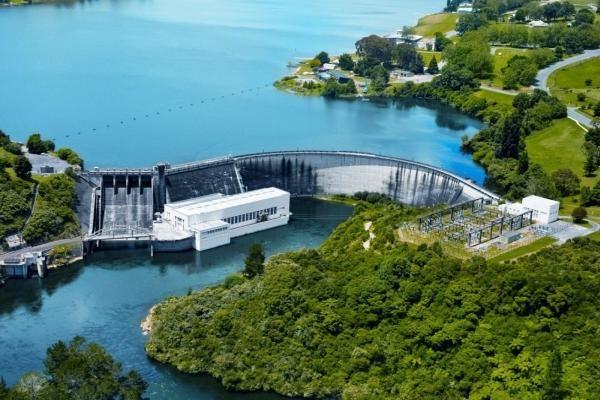Published on the 01/03/2016 | Written by Donovan Jackson

Electricity retailing. It’s not really the sort of business ripe for innovation or differentiation for customers, you say? Well, according to Flick founder and CEO Steve O’Connor you are “wrong”…
“Actually there’s plenty of opportunity for differentiation and that’s what Flick is all about,” is his opening gambit. This being a technology in business website, you shouldn’t be surprised that data is at the heart of the company’s strategy to keep its customers more informed about price – and now also about the ‘greenness’ of their electricity.
Together with a few partners and investors, O’Connor founded Flick some two years ago on the understanding that electricity customers in New Zealand are not particularly well served by retailers. “Energy customers are generally a disgruntled lot, pissed off with price increases which, to them, seem random. Nobody knows if the market is efficient or working correctly; customers in effect feel like they have no say, no influence and don’t really matter.”
In fact, market research told O’Connor and his partners that less than five percent of energy customers are satisfied with their retailer. “We looked at these and other issues and thought about how we could change things with smart technology. We had a vision of how to do it better.”
While conjecture in the iStart office about what matters to electricity customers came to a consensus of ‘price, maybe reliability and not much more’, Flick’s data-driven model has considerable appeal, apparently; by January this year, O’Connor said it was the country’s fastest growing retailer, with customer numbers passing the 8500 mark.
Information is transparency
Asked what makes customers come to Flick, O’Connor said it’s just one thing (which he added has always been absent from the electricity retail industry). “Transparency. We completely unbundle the costs involved in getting electricity into the house. We pass on the wholesale spot price of power every half hour, we pass on the costs of distribution and the meter, and we make clear the amount that goes to us.”
When prices go up at high-demand times, Flick customers can see that. When prices are low, same thing. “That means more engaged customers can start managing their electricity usage on the basis of market supply and demand. That has always been completely opaque to the customer,” said O’Connor.
It translates, he said, to an average annual saving of $370.
Achieving all that depends on collecting data from several points, then presenting it to customers through an app. “We take data streams and feed it to the customer; a lot of homes have a smart meter and that’s another stream. It’s a very data-driven model,” O’Connor noted.
It’s clever stuff that could easily vie for a label of ‘big data’, but O’Connor doesn’t go for that hyped up definition, instead describing the model as “pretty simple, really, and the volume of data we process isn’t all that large”.
Being green is a data thing, too
The data available from the electricity industry includes information on how and where power is created. Harnessing that, Flick has introduced a new feature into its app which allows customers to know how ‘clean’ or ‘dirty’ the electricity they are using is at any given time. For example, when power is produced from ‘peakers’, or diesel-fired turbines which come on to meet spikes in demand, it produces more CO2. When it comes out of Manapouri’s hydro generators, it is as green as electricity gets.
“So far, we’ve delivered transparency based on saving money. We’ve now recognised that the industry has information on the types of electricity generation that fills the pipes and we’re passing that on to customers so they can make choices in terms of sustainable purchases.”
O’Connor said unlike other ‘green choices’ for which customers tend to pay a premium, choosing power at low demand periods when there is excess capacity (likely coming from hydro) costs less. “So customers making this choice are doing well [for themselves by saving money] by doing good.”
Do customers care?
The real question we wanted answered was whether customers really care that much about pricing or even greenness.
“Well, it is a mix. People like the transparency, but in reality, half our customers just ride the price curve. What it does do is provide the choice to do so if you want to,” said a candid O’Connor.
“Those who engage with their power bill save more; some can save as much as 50 percent.”
He said some customers enjoy the ‘gamification’ of their power bills, managing their power consumption as a challenge (car drivers do a similar thing, with ‘hypermiling’), which he describes as ‘human automation’.
And those looking for environmentally sound choices, he added, are “not a small group”. “Sixty percent of all Kiwis are concerned about impact on environment, according to Motu Research. There is a growing movement about awareness of the choices. Through data, we’re helping customers to be more informed with ‘conscious consumption’. And in the energy world, I think this is a world-first.”



























